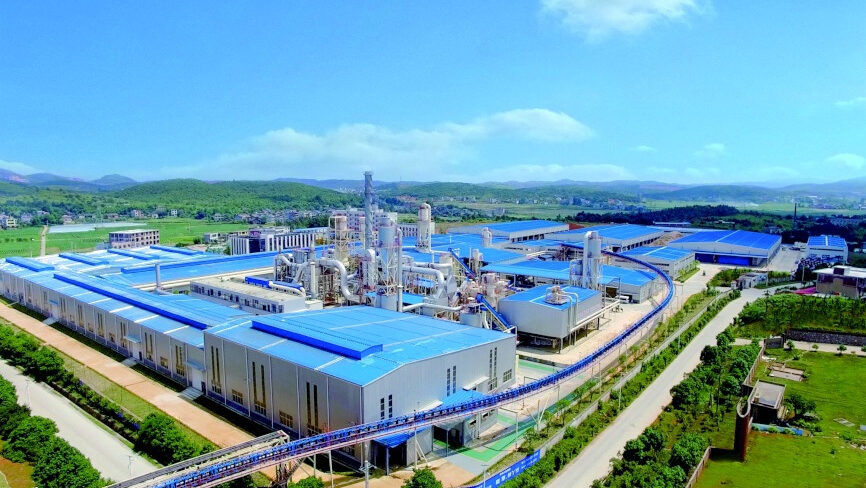Wastepaper Handling System
( WASTEPAPER/PULP BALES/BROKEN PAPER CONVEYER LINE )
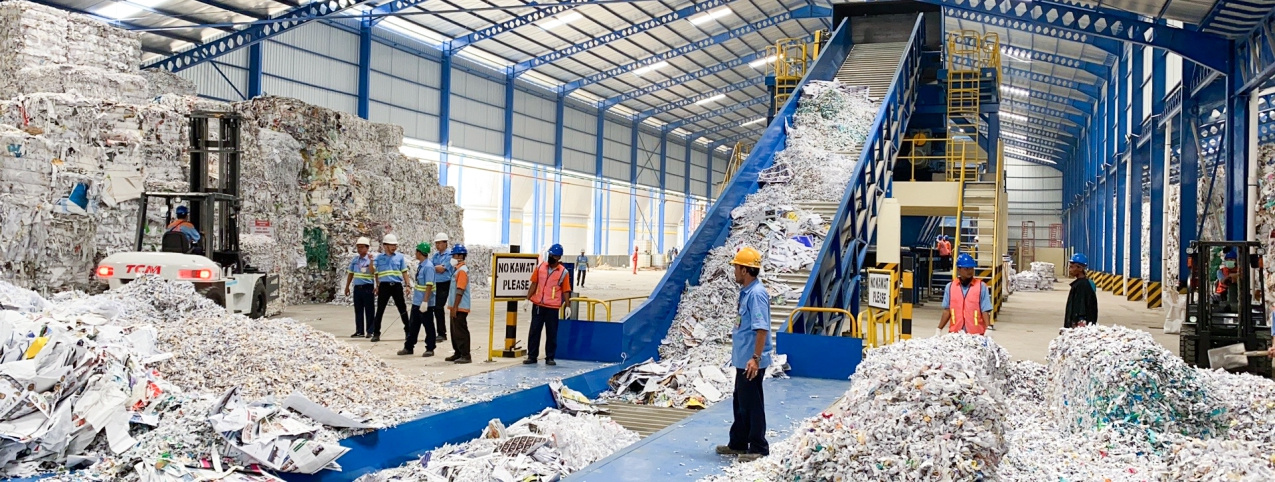
Wastepaper Bale Breaker
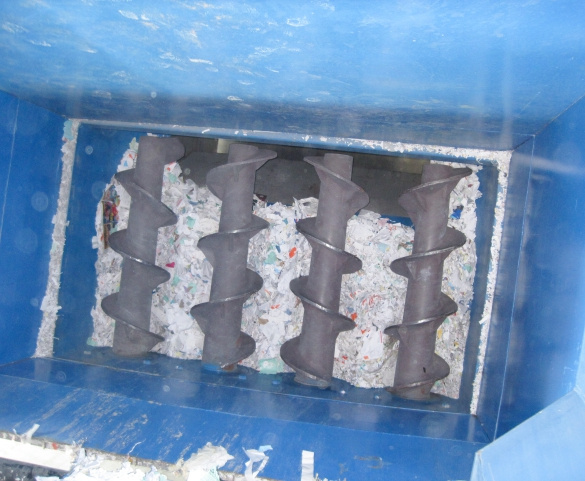
Broken Paper Conveyor
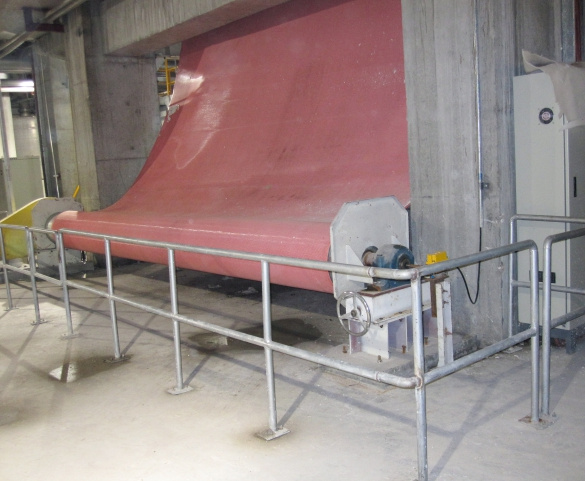
Pulp Bales Conveyor
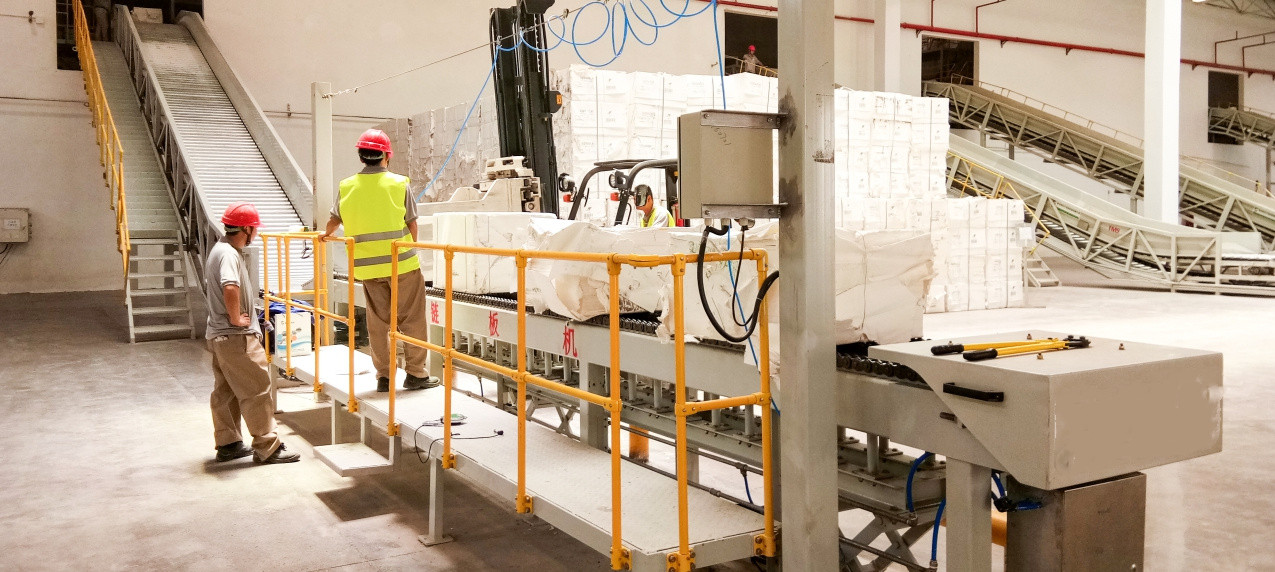
Waste Paper Handling Process:
Automatic Collection:
Corrugator slitters produce trim waste.
Special suction nozzles automatically capture this edge trim.
Waste from printing slotting machines and die-cutters is handled differently.
It is processed using a combination of trench belt conveyors and shredder fan ducts.
Shredding and Conveying:
The collected paper trim is shredded by a paper shredder fan.
It is then conveyed to the waste paper room through pneumatic pipelines.
Complex waste like tramp materials in paper mills requires different handling.
A shredder, such as a twin-shaft shredder, is used for breaking it down.
Compression and Baling:
Inside the waste paper room, a fully automatic horizontal baler is used.
This machine automatically compresses the shredded paper.
It then automatically ties the bale with wire or strapping.
This creates neat, uniform bales.
Weighing and Management:
The finished bales can be weighed using an automatic weighing system.
Data like baling time, quantity, and weight is sent in real-time.
It is transmitted to the company’s ERP management system.
This enables online, unmanned management.
Pulp Bale Handling Process:
The system provides a complete automated line solution.
This covers everything from pulp sheet cutting to bale conveying and packaging.
It performs various functions on the pulp sheets.
These include online cutting, automatic conveying, and pressing.
It also handles packaging and banding or strapping.
Stacking is another function.
For example, a wet pulp baling line handles wet pulp sheet stacks.
It performs a series of steps like conveying and pressing.
This includes centering, packaging, and folding.
It also does small bale strapping and wet pulp stacking.
Further steps are combined conveying and large bale strapping.
Broke/Paper Handling Process:
Chain conveyors can transport paper rolls.
However, issues can occur at transfer points between multiple conveyors.
A “speed change effect” at these corners might damage the rolls.
Reciprocating broke conveyors use a back-and-forth mechanism.
They transport damaged or waste paper.
This enables efficient and stable transfer to downstream processing systems.
Pneumatic conveying systems handle trim from rewinding and finishing.
They use air flow to move the material to a set location.
For example, directly to the pulper or through a separation device.


